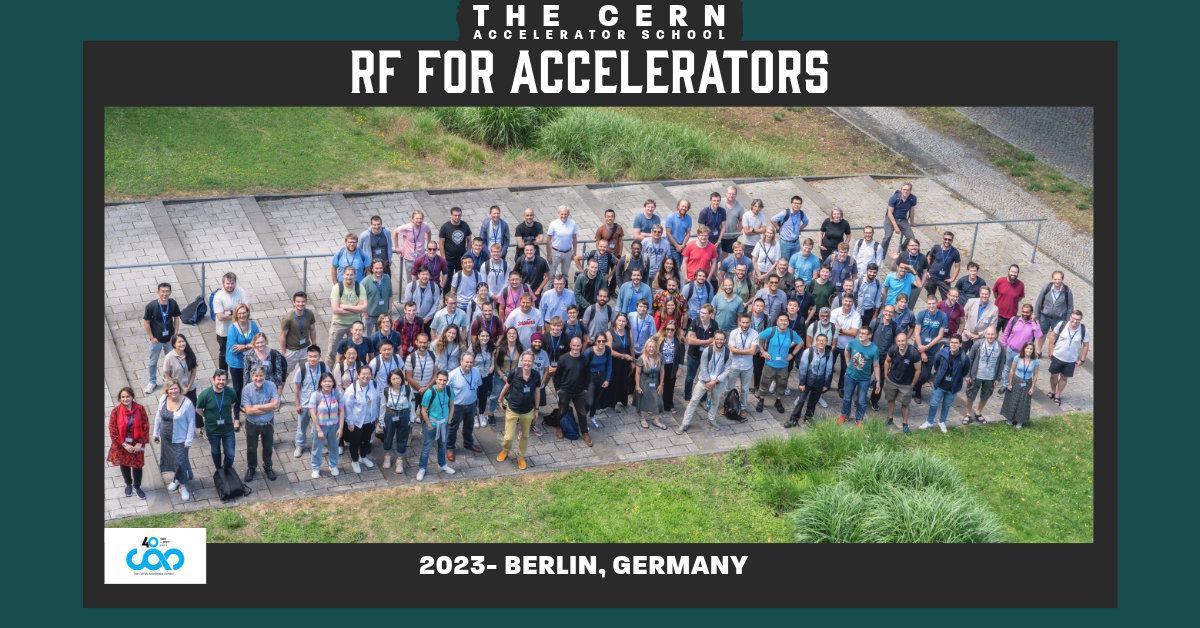CAS course on "RF for Accelerators", 18 June - 01 July 2023, Berlin Germany

The CERN Accelerator School organizes in collaboration with the Helmholtz-Zentrum Berlin (HZB) a course for 'RF for Accelerators'.
This unique 2-week residential course will mainly be of interest to staff in accelerator laboratories, university departments or companies involved in producing RF equipment for accelerators. The course will include a review of the RF technology presently used in the field of particle accelerators as well as a recapitulation of the theoretical fundamentals.
Different RF equipment and RF technologies will be discussed along with their practical applications for various types of accelerators. Dedicated "hands-on" afternoon courses and seminars will complete the programme.
Due to the afternoon courses the maximum number of participants will be limited. The principle of "first come first served" will be applied.
It is recommended that participants register as soon as possible, first come first served as there may be a limited number of participants due to limitations of the hotel facilities and hands-on courses.
